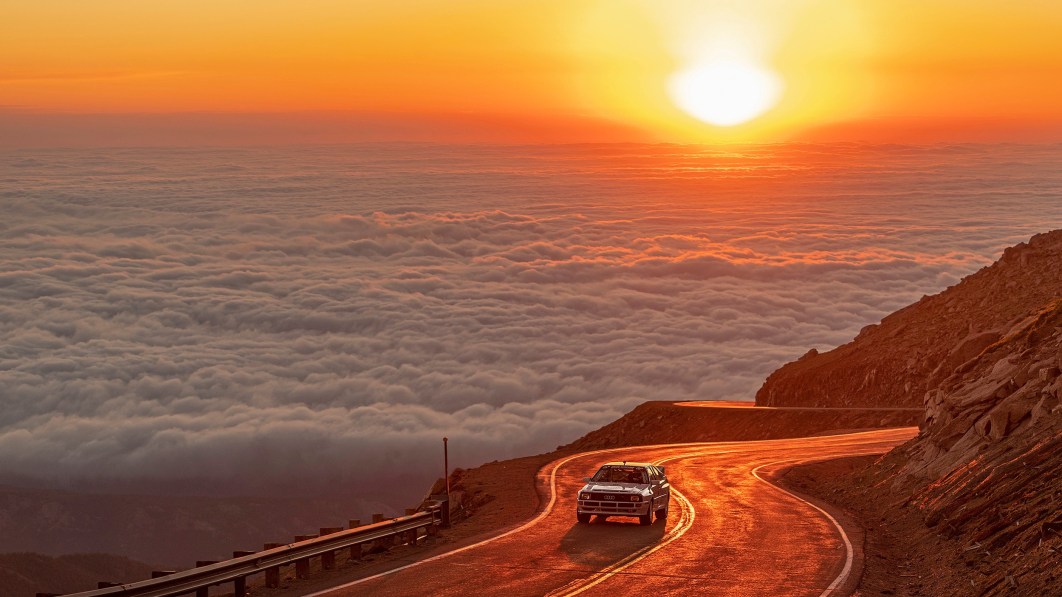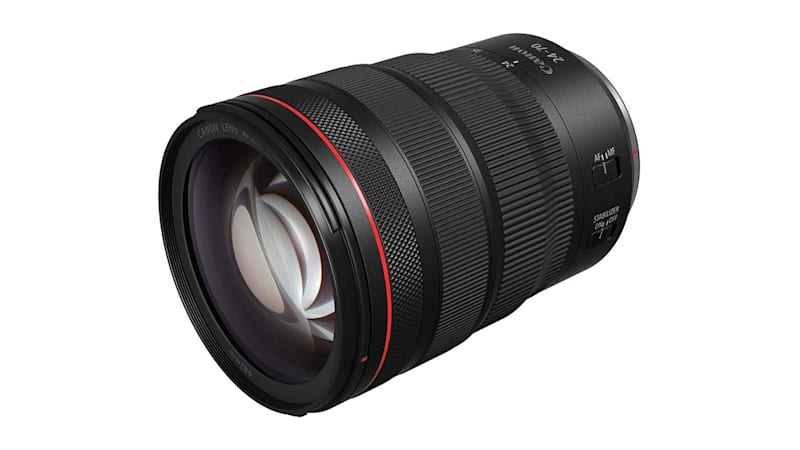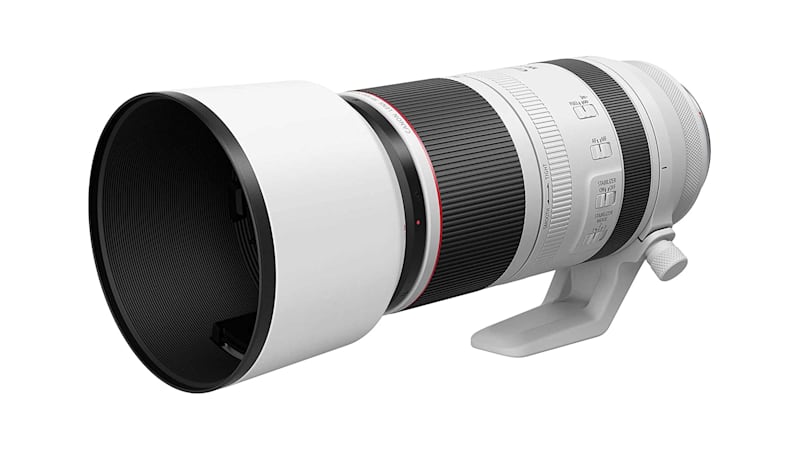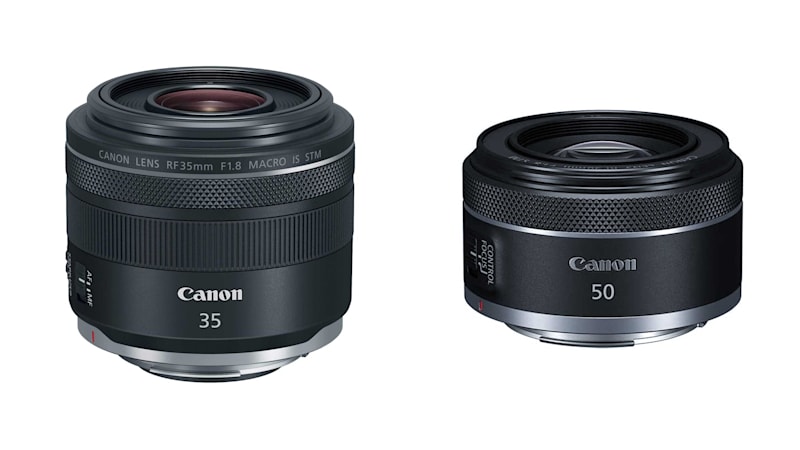Want to improve your car photos? Buying new gear isn't the best option

Autoblog may receive a share from purchases made via links on this page. Pricing and availability are subject to change.
“What camera do you use?” is a question that photographers get all the time, as if the piece of technology in my hand is more important than the thought process that goes behind a shot. I’ll be honest, things like focal length and aperture matter … to a point. I’ve had photos of cars published that I’ve taken with $15,000 worth of equipment in my hand and photos taken that I shot with my iPhone. So before you drop thousands on a new mirrorless setup, something I’ll talk about more below, check out these options for building your photography knowledge base. You may be shocked at what you can do with the dusty DSLR in your closet.
The Automotive Photography Workshop – Aaron Brimhall
I first started following Aaron Brimhall on instagram a few years back (I’m a sucker for photos of Ford GTs) and when I found out he had an automotive photography workshop on Wildist.co, I had to check it out. This 18 episode, 2.5 hour long course currently costs $149, much less than even the cheapest lens in my kit. In it he discusses, among other things, the equipment he uses, how he has built his brand, what he tackles in pre-production before a shoot in order to insure success.
Once out on a shoot he walks you through everything from shooting the “hero” ¾ shots that every brand uses, to adding aesthetics to photos through the use of fog machines and how to get creative with detail shots so that your photos don’t look like everything else out there.
Finally there are seven episodes dedicated to editing, because no professional ever publishes a photo straight from the camera. This is where you can develop your own personal style, and, a subject that is most difficult for me, make it consistent throughout your entire portfolio, so that when others see your work on a wall or online, they already know without having to look who shot that photo.
Brimhall’s workshop is the best out there in regards to automotive photography specifically and is one to take a look at. Wildist.co has a ton of other photography workshops from incredibly popular photographers like Chris Burkhard and Alex Stoll, ranging from the business of photography to shooting landscapes and even how to start living your #vanlife.
Jimmy Chin Teaches Adventure Photography – MasterClass
MasterClass is probably the top of the game when it comes to online courses. They feature a ton of incredibly well known instructors like Ron Howard, Samuel L. Jackson, Gordon Ramsey and Natalie Portman, just to name a few. For those of you who aren’t familiar with Jimmy Chin, he is an Oscar-winning adventure athlete for The North Face, most famous for his documentary Free Solo about Alex Honnold climbing El Cap without the use of ropes. If you’re wondering how someone like that can help you with your car photography, consider this: Jimmy was the director tapped to create the launch videos for the Ford Bronco. So yeah, he knows what he is talking about.
This class is specific to adventure photography, featuring a lot of climbing, rather than automotive photography but a lot of the principles can be relayed. Plus, in my opinion, it is better to learn from multiple people when developing a style, rather than just trying to emulate one specific person and coming off as a copycat.
The MasterClass courses feel more polished than those from Wildist.co, and I like what you get for the price. MasterClass is $15/mo, paid for in one year increments, so you get access to all of their videos for the year for $180. Occasionally they have sales where you can buy one get one, which is what I did. My friend and I split the cost and over the course of a year I was able to learn, not only from Jimmy Chin but from other instructors on everything from negotiation to photography to directing and even how to make a really great smoked BBQ brisket. That being said, after a year is up, you no longer have access to these classes.
YouTube – Free
You don’t have to go to art school or even pay a few hundred bucks for these classes to get better at photography. Just head over to YouTube, where there are millions of videos on the subject. Want to be a better landscape photographer? Tons of high quality videos on that subject. Suck at portraits? No reason not to get better. Even car photography, what some consider a niche subject, has a ton of tutorials out there.
Gear
Okay, let’s get into it. Gear is important, though the two guys named above could easily shoot circles around you or I with a point and shoot from 2010, even if we had the latest and greatest camera technology has to offer. When it comes to gear, like the two artists above, I am a Canon photographer. Below is my dream setup, so if you have the cash, go for it. Just know that there are much less expensive options listed below each item as well, just in case you haven’t hit the lottery lately. Finally, if all you have is a smartphone, those can take insane photos too. Learning how to best use it from the pros above and learning how to make more of those photos in post can take you a long way.
Camera: Canon EOS R5 Mirrorless Camera
This is everything you could want in a camera body from Canon, for now. Camera bodies are constantly getting upgraded so while I’d say that buying this camera body is money well spent, it is a ton of money and just know that it will soon be obsolete like all technology. If it were up to me, I’d be spending all my money on the glass listed below. Lenses last a lot longer, assuming you treat them right.
Less Expensive: Canon EOS R6 Mirrorless Camera
Budget Buy: Canon EOS M50

Wide Angle Zoom: Canon RF 15-35mm f/2.8 L IS USM Lens
For more than a few years I was obsessed with shooting everything wide. Huge vast landscapes of Montana? Grab the wide zoom. Interior shots of my home? Wide zoom. Car driving up a mountain? Wide zoom. You’ll be able to capture all of the scene with this lens, though it does leave something to be desired in the detail department. And for portraits? Leave it at home unless you really know what you’re doing.
Less Expensive: Canon RF 14-35mm f/4 L IS USM Lens
Budget Buy: Canon EF-M 11-22mm f/4-5.6 IS STM Lens

Standard Zoom: Canon RF 24-70mm f/2.8 L IS USM Lens
This is probably the lens that comes with your camera. It’s not too wide, not too telephoto. In terms of focal length, this one is just right for most of your photography needs.
Less Expensive: Canon RF 24-105mm f/4 L IS USM Lens
Budget Buy: Canon EF-M 15-45mm f/3.5-6.3 IS STM Lens

This may be an unpopular choice as most photographers go with the Canon RF 70-200mm f/2.8 L IS USM Lens for telephoto and while it is a close call, for me sometimes I need more length out of my telephoto lenses. A few years back I traveled to Patagonia and Antarctica, one for a shoot with Subaru and the other for a personal wildlife photography trip. On both trips I opted for an ultra-telephoto lens and I was glad I did.
Less Expensive: Canon RF 100-400mm f/5.6-8 IS USM Lens
Budget Buy: Canon EF-M 55-200mm f/4.5-6.3 IS STM Lens

A few years ago I was in Australia for a story about the Ranger Raptor. For the video we had our full kit of lenses to use but for the photos I decided to do something that could’ve easily backfired on me: I only brought one prime lens, a 35mm f1.4. I shot every photo for the article with that lens and by the end of the trip I was in love with that focal length. Canon doesn’t yet offer a 35mm f/1.4 for the RF mount, though I’m sure it is coming, with a much higher price tag than the one listed above. 50mm has always been a staple in every camera bag, so this nifty fifty that costs less than $100 is a great option as well. If you want to pay more than 10x the price, the Canon RF 50mm f/1.2 L USM lens is world class.
Budget buy: Canon EF-M 22mm f/2 STM Lens (35mm equivalent) and Canon EF-M 32mm f/1.4 STM Lens (51mm equivalent)



